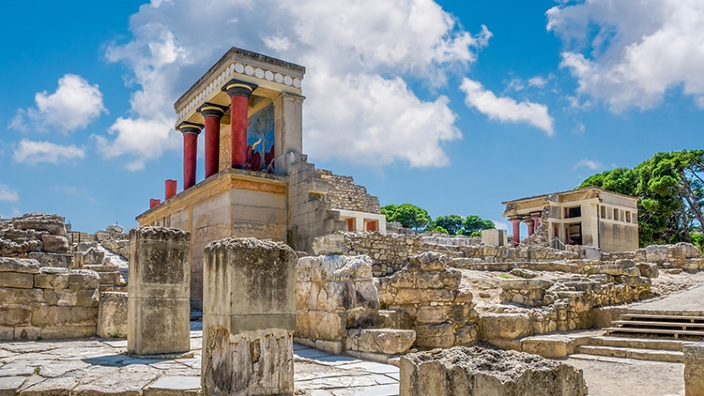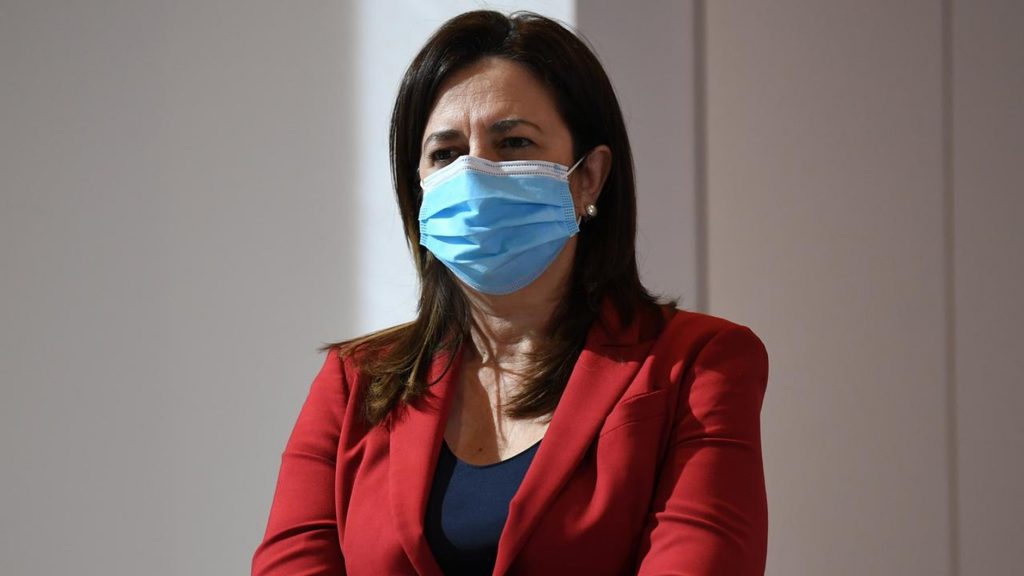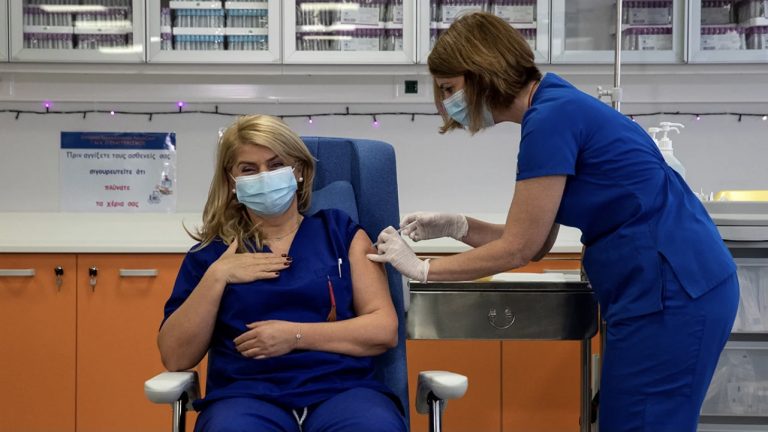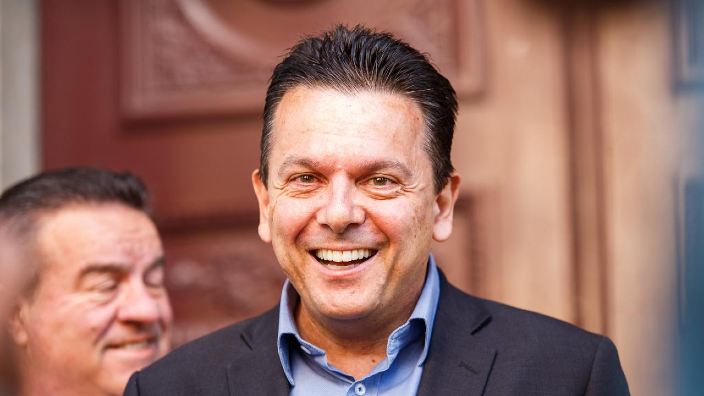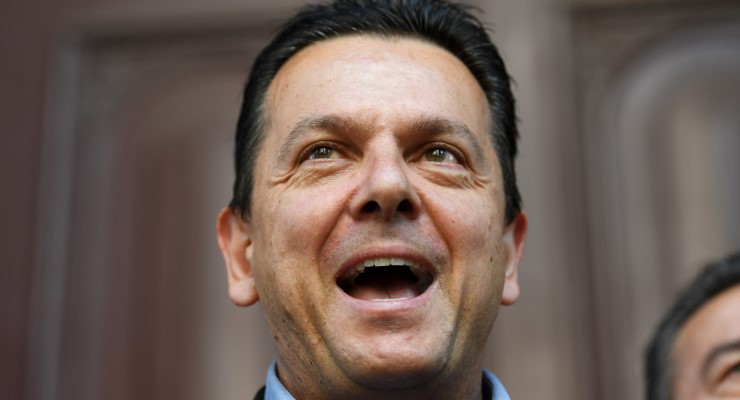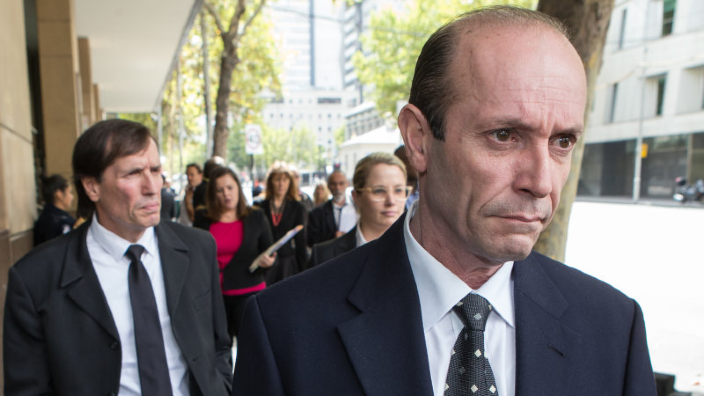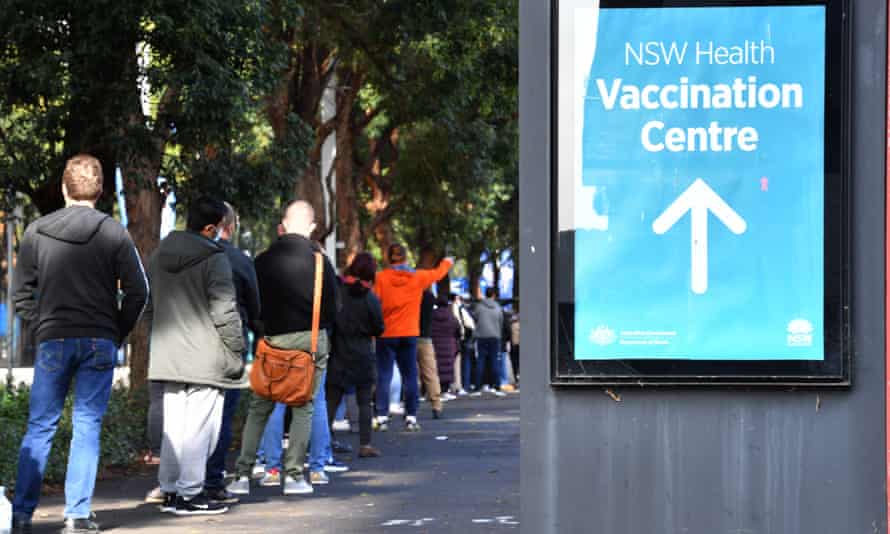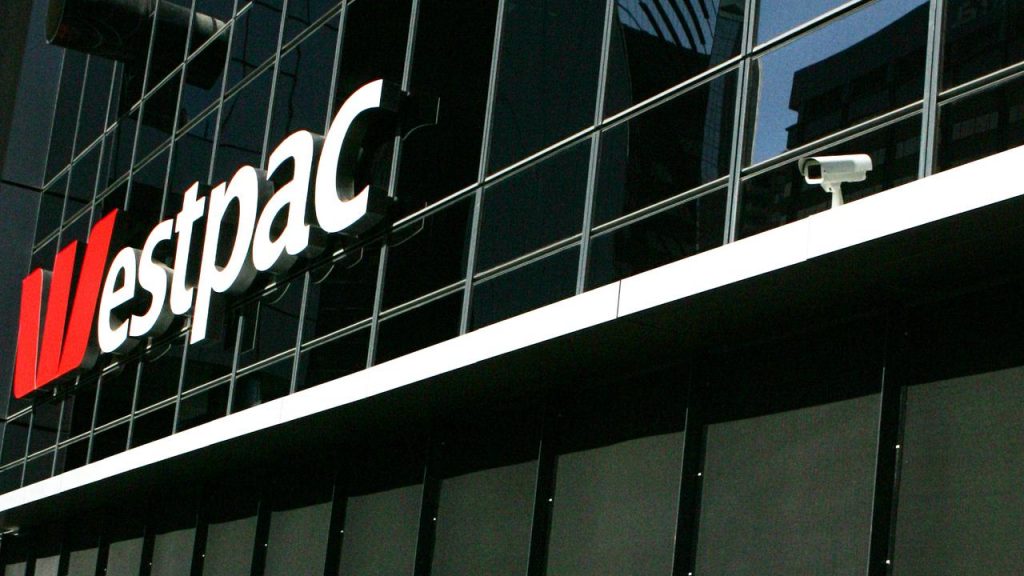In the Palace of Knossos on the Greek island of Crete, a magnificent throne room built during the 15th century BC is considered the oldest such room in Europe.
The palace was built by the Minoans, an Aegean civilisation known for their elaborate palaces and beautiful frescoes.
The Minoan civilisation flourished from about 3000 BCE to around 1500 BCE, eventually falling under the rule of late Bronze Age Mycenaean Greece.
The first palace of Knossos was constructed around 2000 BCE. It was later destroyed in an earthquake around 1720 BCE.
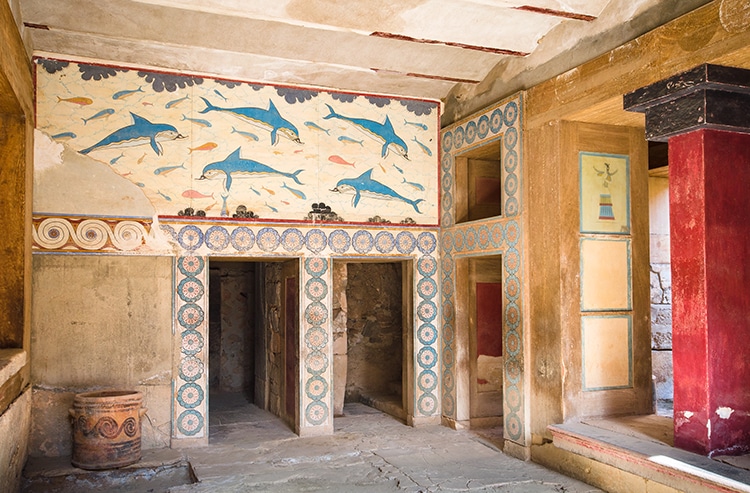
The rebuilt palace is what remains today—a complex of frescoed rooms, magnificent columns, and zig-zagging stairs. The palace served as the administrative and ceremonial headquarters of the Minoan realms.
The throne room:
The throne room itself was unearthed in 1900 by British archaeologist Arthur Evans, during the first phase of his excavations in Knossos.
It was found in the center of the palatial complex and west of the central court. The chamber contains an alabaster seat on the north wall, identified by Evans as a “throne,” while two Griffins resting on each side are gazing at it, seemingly paying their respects to the figure who sits there.
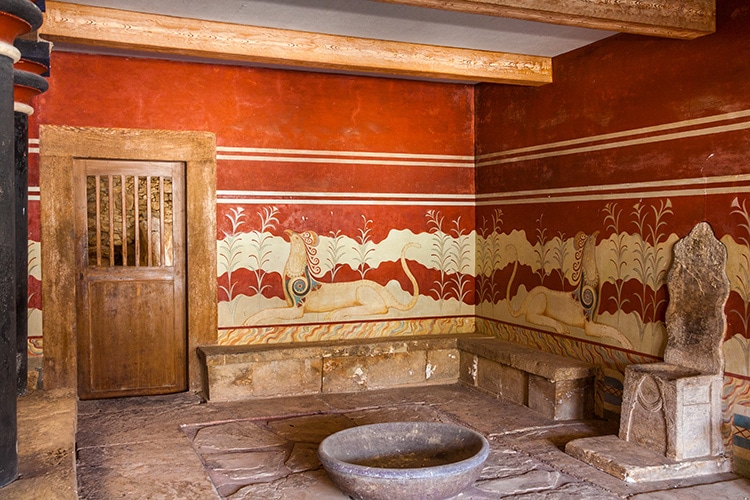
The room also includes a stone bowl which may have been used in religious rituals. The frescos along the walls of the room depict griffins.
Although the throne room may have been used by a ruler, it also may have been purely ceremonial with the throne reserved for the presence of a god or goddess.
Today, Knossos can be visited by travellers and history buffs. Along with other Minoan palaces, Knossos is currently on the tentative list for UNESCO World Heritage Sites.

